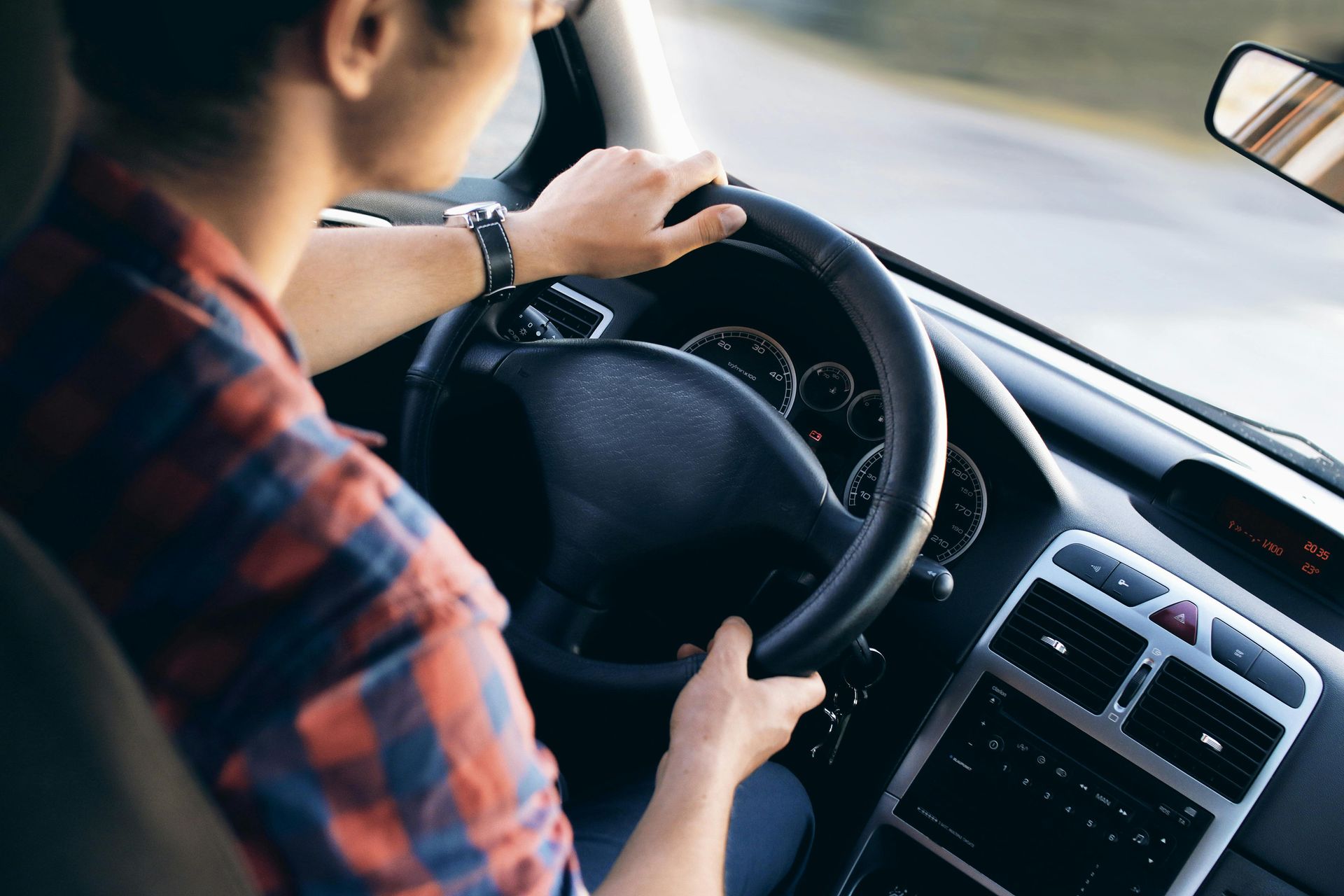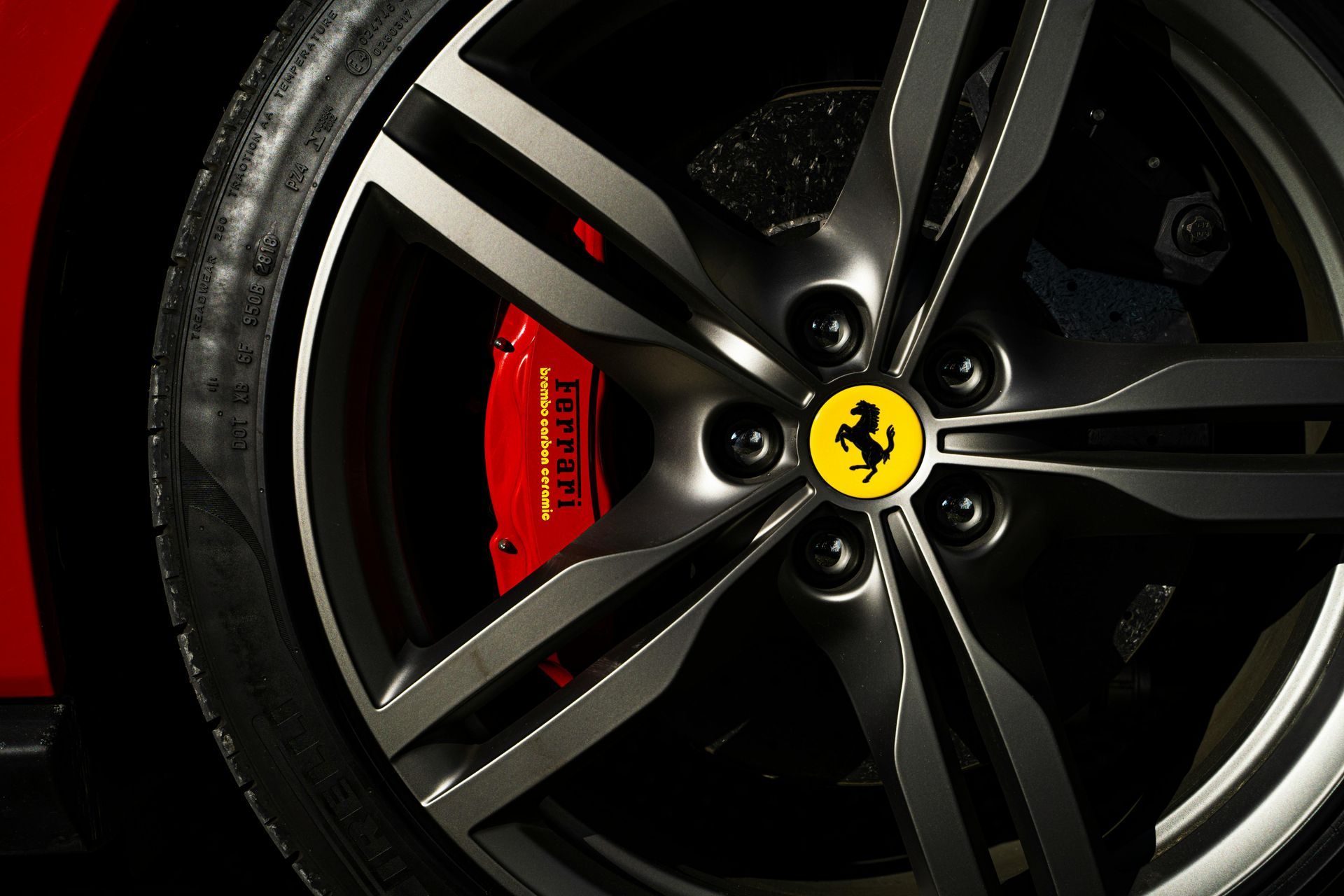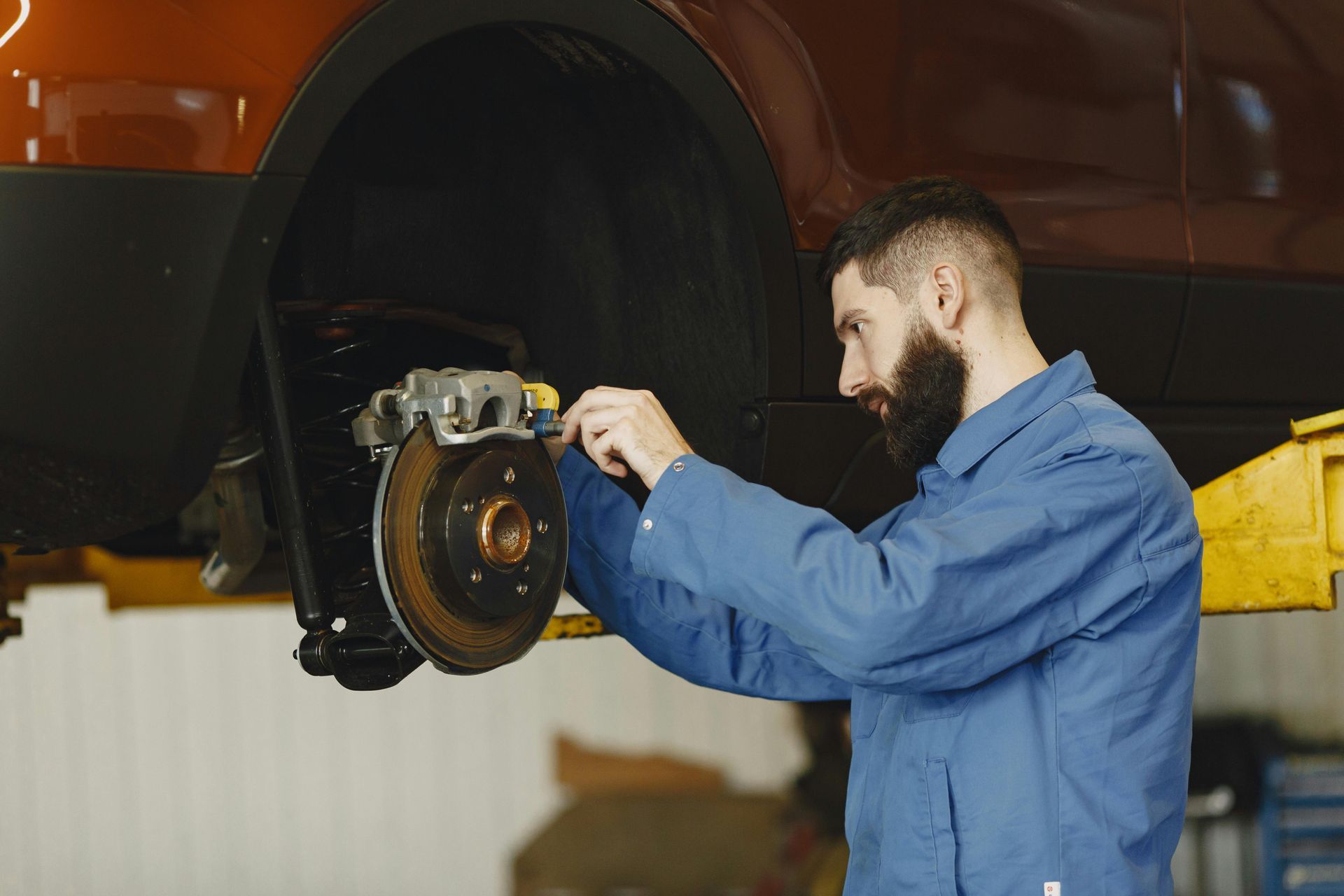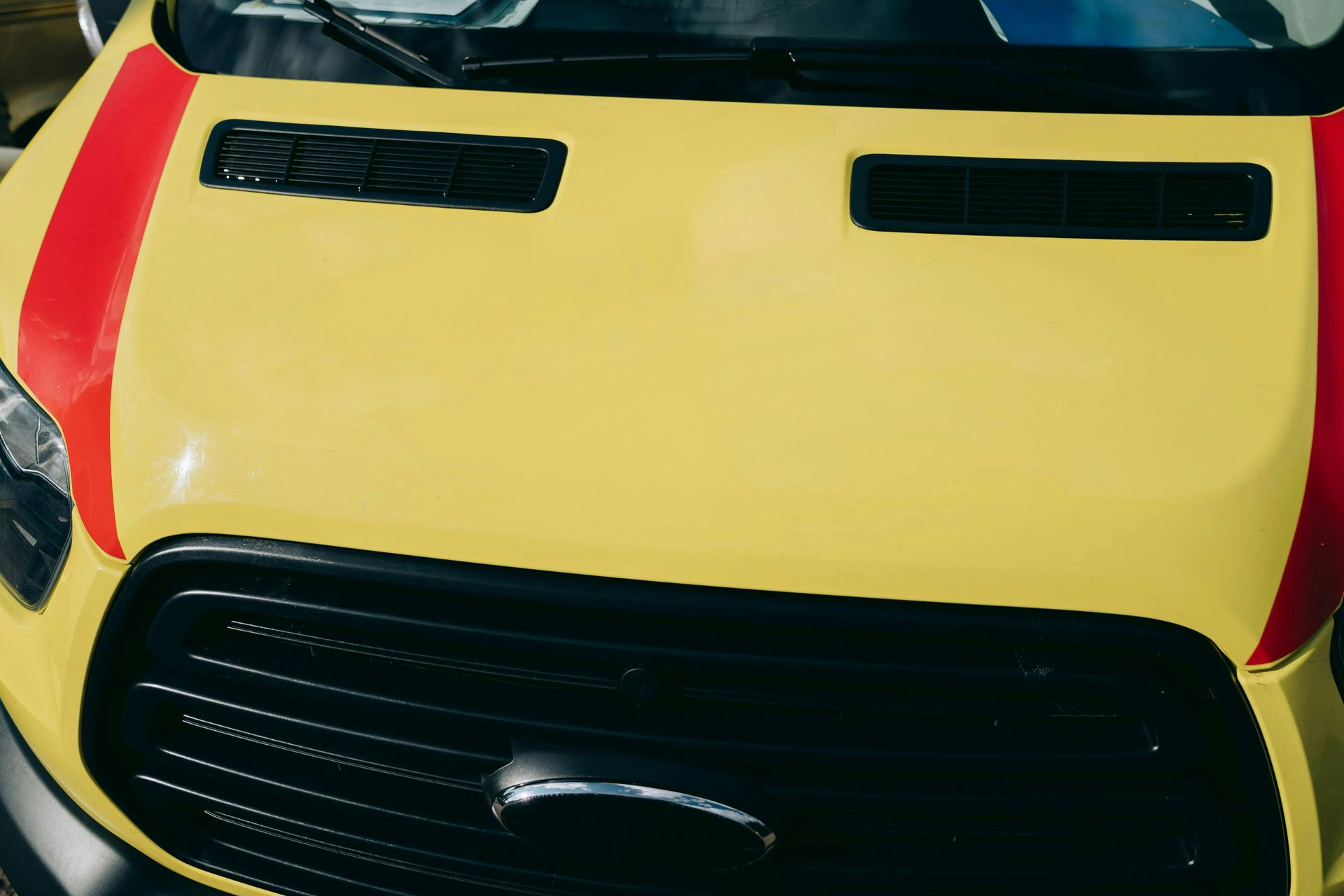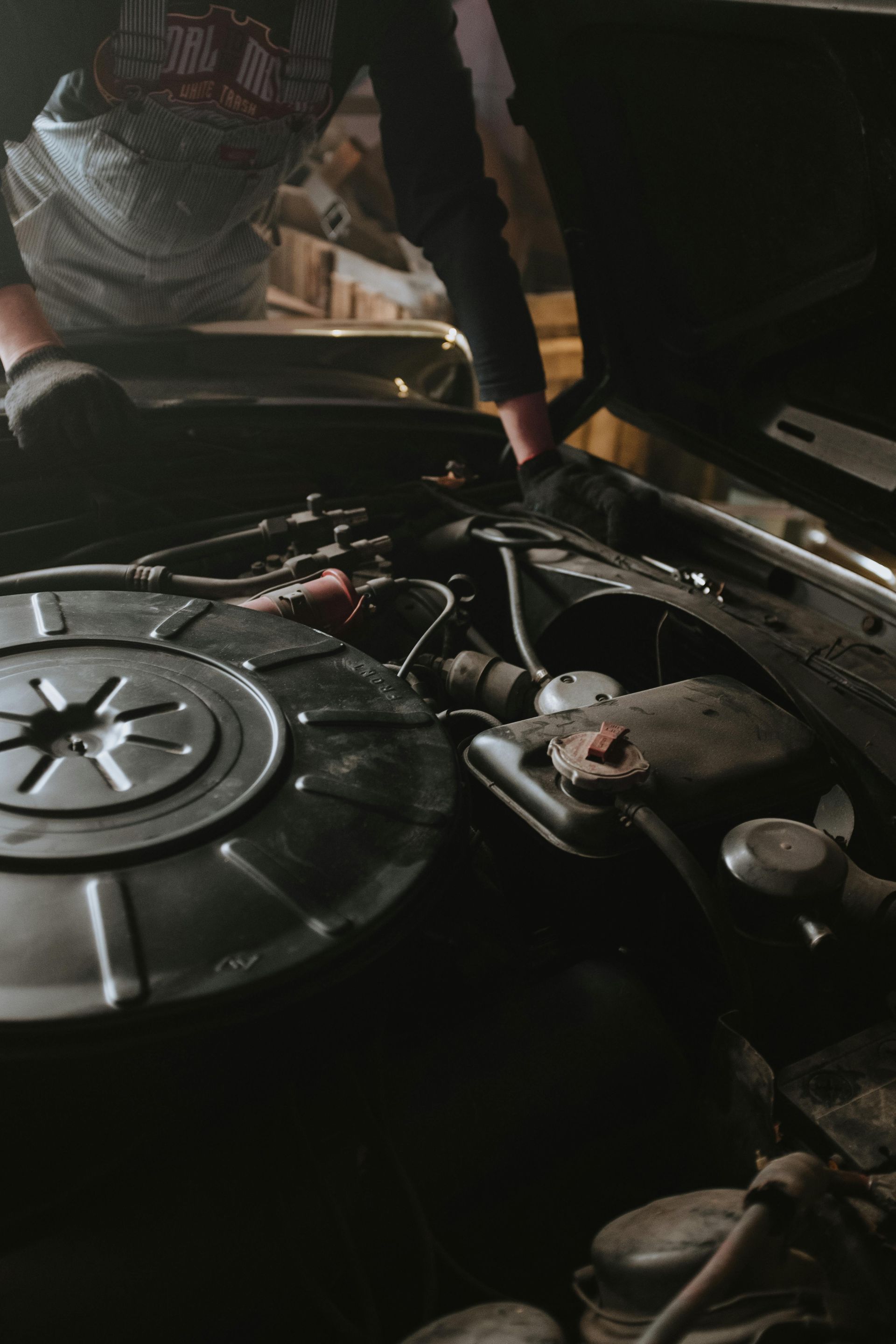What Factors Affect the Lifespan of My Brakes?
Wondering why your brakes wear out faster than expected? It's a common question we get at our shop in Royal Oak. The lifespan of your brakes depends on several key factors that affect how quickly they deteriorate.
Your driving habits, the environment you drive in, and the quality of your brake components all play crucial roles in determining how long your brakes will last.
Brake wear isn't just about mileage. City drivers who frequently stop and start will use their brakes more intensively than highway drivers. The weight of your vehicle matters too—heavier vehicles require more braking power. Weather conditions also impact brake life, with moisture and road salt accelerating wear in many regions.
Regular maintenance can significantly extend your braking system's lifespan. When you bring your vehicle to us, we check for uneven wear patterns that might indicate alignment issues or stuck calipers. These problems can cause premature brake failure if left unaddressed.
Key Takeaways
- Driving habits like frequent hard stops and carrying heavy loads dramatically reduce brake lifespan.
- Environmental factors such as heat, moisture, and road salt can accelerate brake system deterioration.
- Regular inspections and choosing quality brake components will extend brake life and maintain optimal safety.
Factors Contributing to Brake Pad Wear
Your brake pads naturally wear down over time, but several specific factors can speed up this process. The material quality, how you drive, where you drive, and your vehicle's weight all play crucial roles in determining how quickly your brake pads deteriorate.
Brake Pad Material and Quality
Brake pads come in several materials, each affecting longevity differently. Organic pads are quieter but wear faster, typically lasting 30,000-40,000 miles. Ceramic pads cost more upfront but last longer (50,000-70,000 miles) and produce less brake dust.
Semi-metallic pads offer a middle ground with good stopping power and moderate lifespan. The quality matters too - premium pads from reputable manufacturers generally last longer than budget options. They also help prevent brake fade.
We always recommend checking the manufacturer's quality rating when selecting replacement pads. Higher-quality pads may cost more initially but save money long-term by requiring less frequent replacement.
Driving Habits
How you drive significantly impacts brake pad life. Aggressive braking wears pads down quickly - those sudden stops at red lights or riding the brakes downhill cause excessive friction and heat.
Habits that accelerate wear:
- Frequent hard stops
- "Riding" the brakes (keeping foot lightly on brake pedal)
- Tailgating (requiring sudden braking)
- Late braking before turns
We recommend practicing gradual stopping when possible. Anticipating stops and coasting before applying brakes reduces wear. Using engine braking (downshifting) on hills can also preserve pad life.
Each hard stop you avoid adds miles to your brake pads' lifespan. Smooth, defensive driving not only keeps you safer but saves money on brake maintenance.
Driving Conditions and Environment
Your daily driving environment greatly affects brake wear. City driving with frequent stops at lights and in traffic wears pads faster than highway cruising where braking is minimal.
Hilly or mountainous areas increase wear as brakes work harder controlling descent. Rough roads force more braking adjustments, while smooth highways preserve pad life.
Weather conditions matter too:
- Salt and road chemicals accelerate corrosion
- Water and humidity can degrade pad materials
- Extreme temperatures affect brake performance
We see significantly faster brake wear in vehicles primarily driven in stop-and-go city conditions versus highway commuters. Environmental factors like road grit and debris can also embed in pads, creating an abrasive surface that wears rotors more quickly.
Vehicle Weight
Heavier vehicles require more braking force to stop, directly increasing pad wear. SUVs and trucks typically go through brake pads faster than compact cars. Additional cargo or towing puts extra strain on your braking system.
Vehicle modifications that add weight, like heavy aftermarket wheels or loaded roof racks, similarly increase brake wear. For every 100 pounds of extra weight, your brakes work that much harder.
We often see faster pad wear in vehicles regularly carrying heavy loads. If you frequently haul cargo or tow trailers, we recommend choosing higher-quality brake components specifically designed for heavier applications.
Proper weight distribution also matters - unevenly loaded vehicles can cause one set of brakes to wear faster than others.
Best Practices to Maximize Brake Life
At our shop, we see many preventable brake issues. Here are our top recommendations to help extend your brake life:
- Practice gentle driving techniques - Avoid sudden stops when possible and anticipate stops by gradually slowing down.
- Use engine braking - Shift to lower gears when going downhill to reduce brake pad wear.
- Keep a safe following distance - This gives you more time to brake gradually instead of slamming on the brakes.
- Reduce excess weight - Remove unnecessary heavy items from your vehicle as extra weight puts more strain on brakes.
- Schedule regular brake checks - We recommend inspections every 10,000-15,000 miles to catch issues early.
- Replace brake pads promptly - Don't ignore warning signs like squealing noises or dashboard warning lights.
- Flush brake fluid as recommended - Old fluid can damage components and reduce brake performance.
- Coast when possible - Take your foot off the gas early when approaching red lights to reduce speed naturally.
The average lifespan of brake pads is 30,000-70,000 miles, but with these practices, you can push toward the higher end of that range. Premature brake pad wear is often caused by aggressive driving habits that we can help you address.
Choosing The Right Brake Pads
Selecting the proper brake pads for your vehicle is crucial for safety and performance. We recommend considering several factors before making a decision.
Brake pad material matters significantly. There are three main types to choose from: organic, semi-metallic, and ceramic brake pads. Each has different benefits depending on your driving habits.
Organic brake pads are quieter and work well for normal city driving. They're softer, which means less noise but faster wear.
Semi-metallic pads contain metal fibers that provide excellent stopping power. These are ideal for heavier vehicles or if you frequently drive in mountainous areas.
Ceramic brake pads typically last longer and produce less dust. They perform well across various conditions and are a popular choice for everyday drivers.
Your driving style directly impacts brake pad wear. Aggressive driving with frequent hard stops can reduce pad life by thousands of kilometres compared to gentle driving habits.
Climate conditions also affect your choice. Extreme temperatures require pads designed to handle heat buildup without fading.
Pay attention to quality. Premium pads may cost more initially but often require less frequent brake pad replacement, saving money long-term.
Consider your vehicle manufacturer's recommendations. Using inappropriate pads can affect braking efficiency and potentially void warranties.
We can help evaluate your driving needs and recommend the best brake pad type for your specific vehicle and habits.


